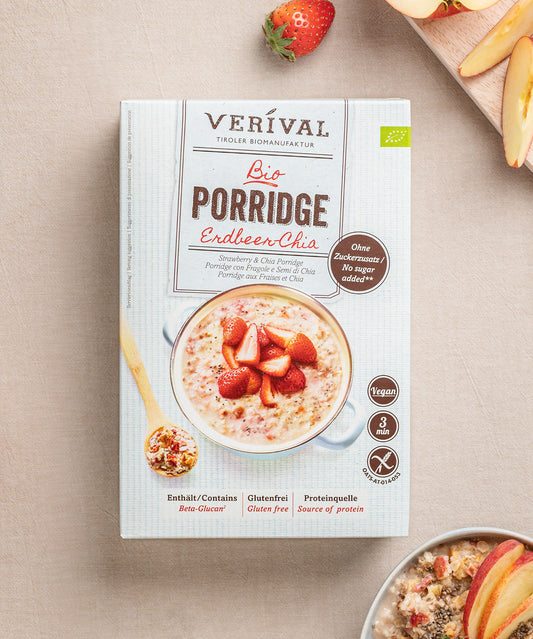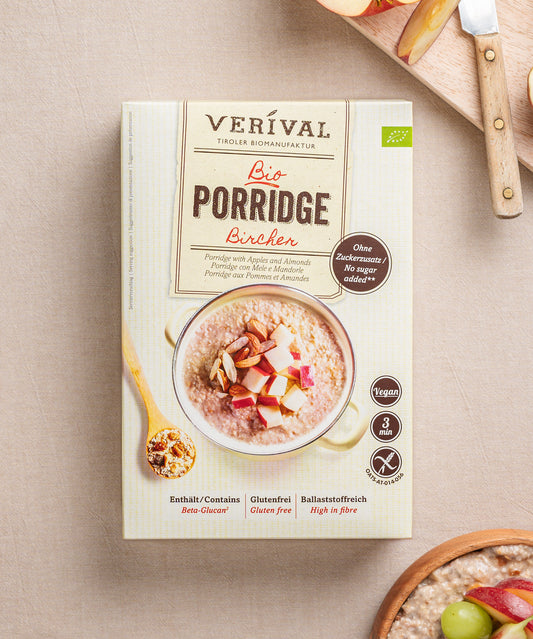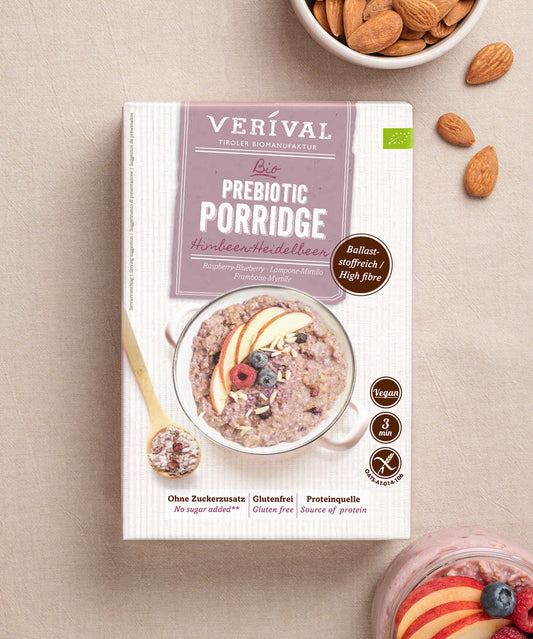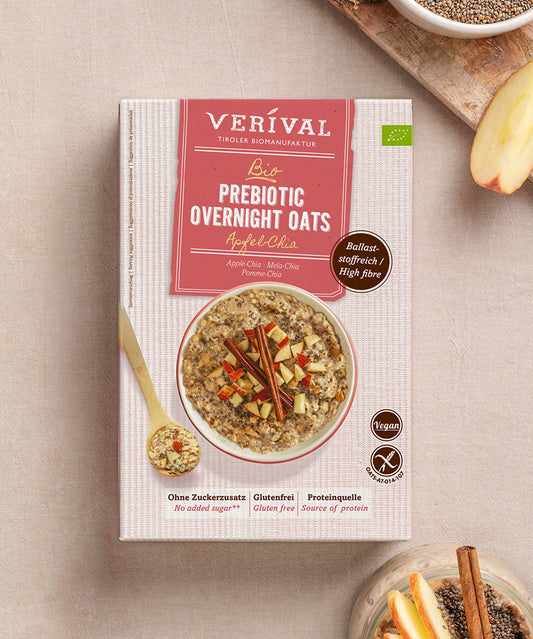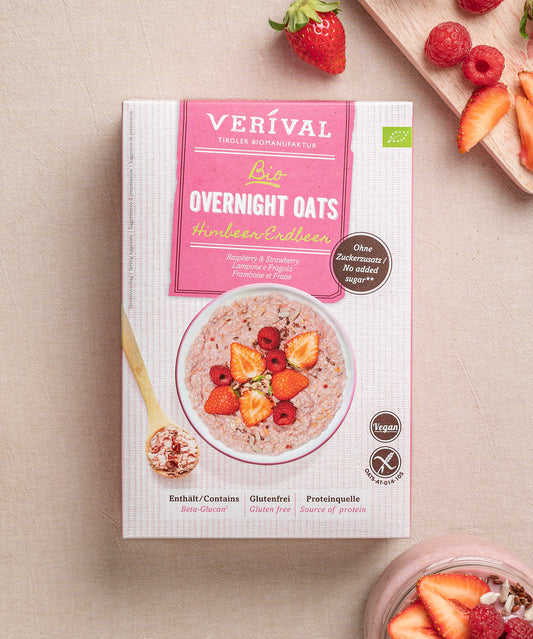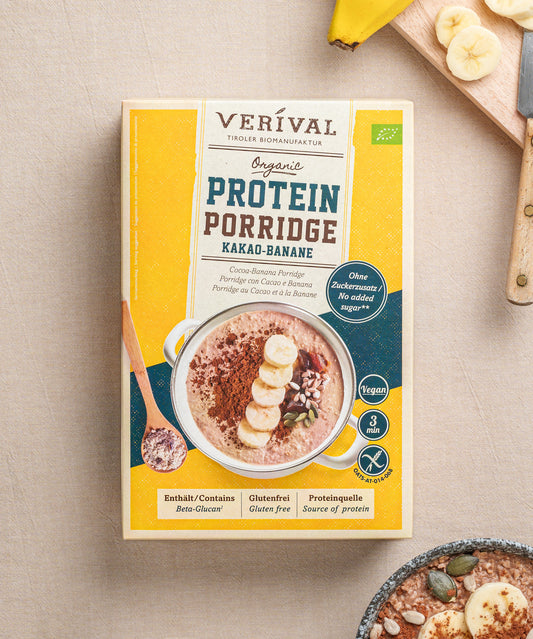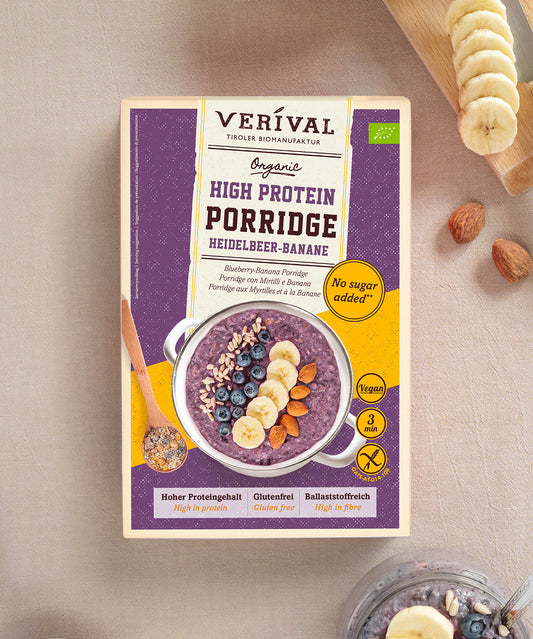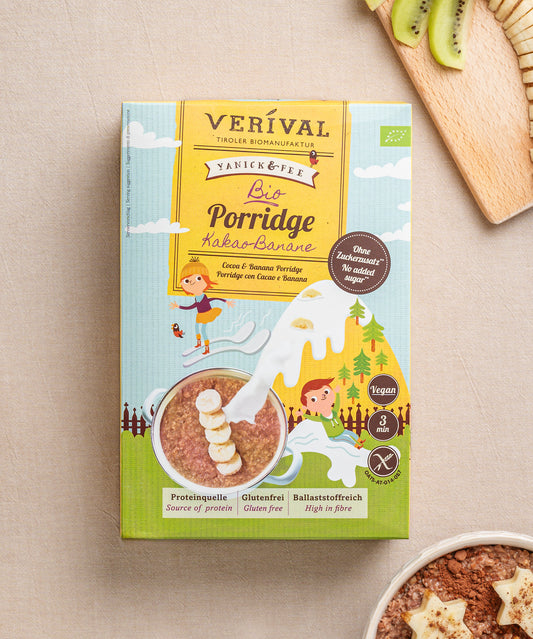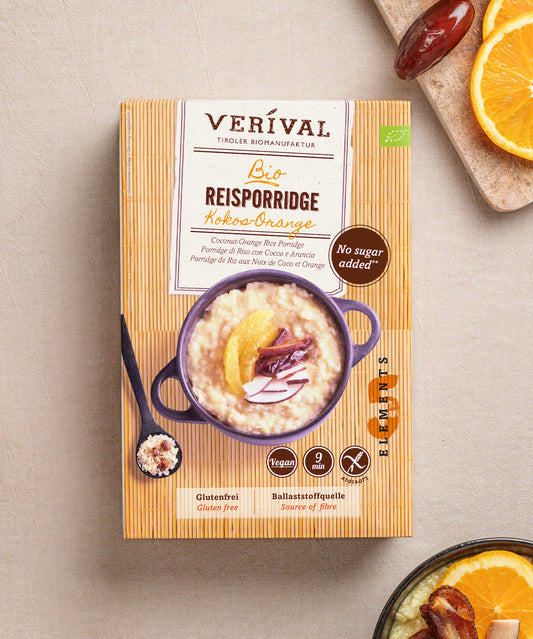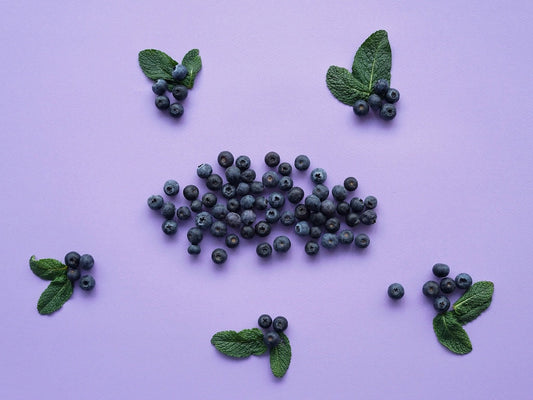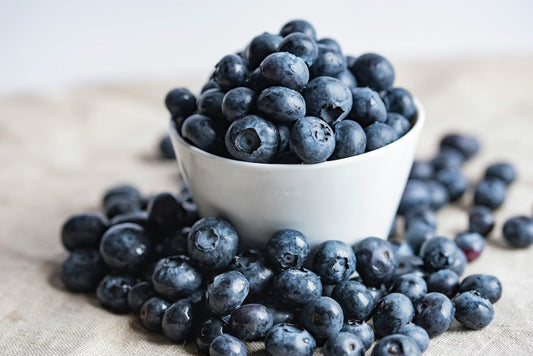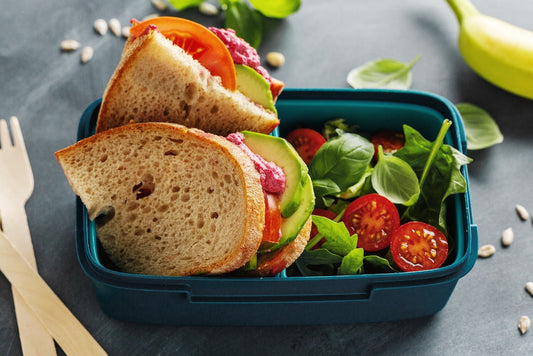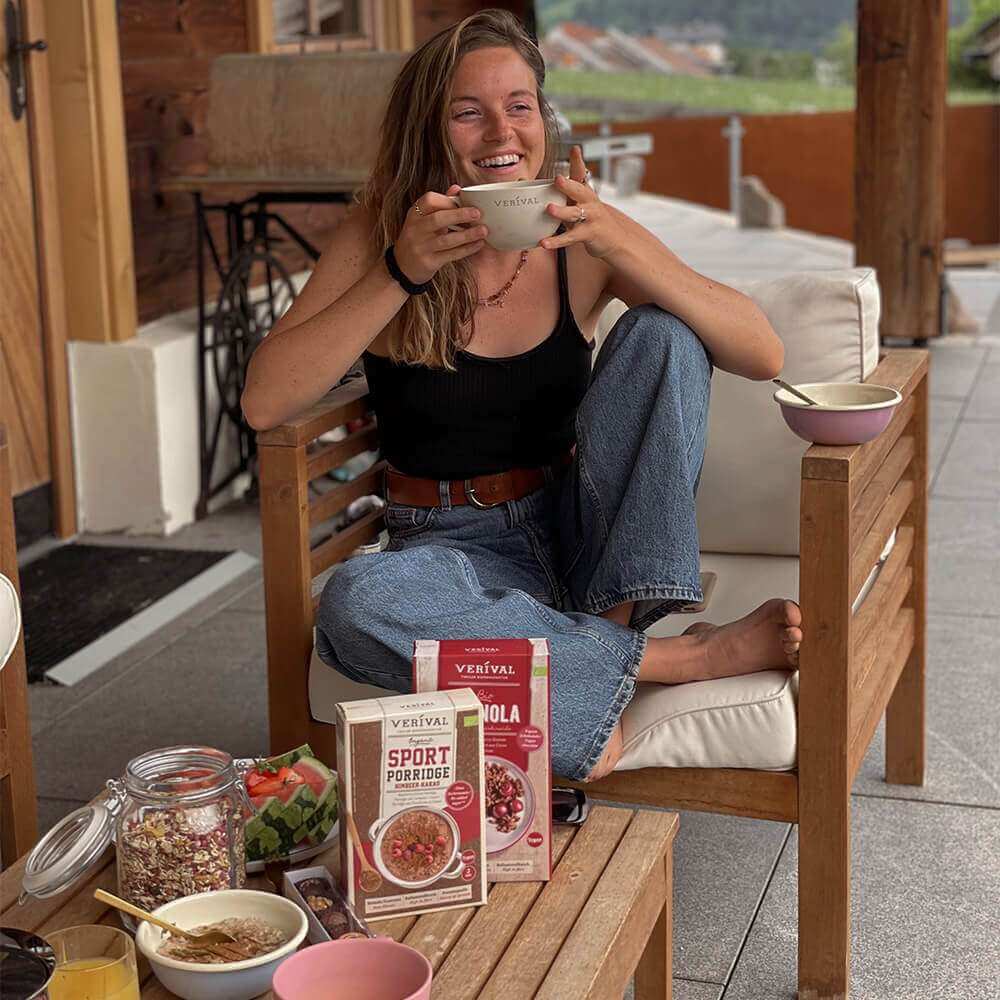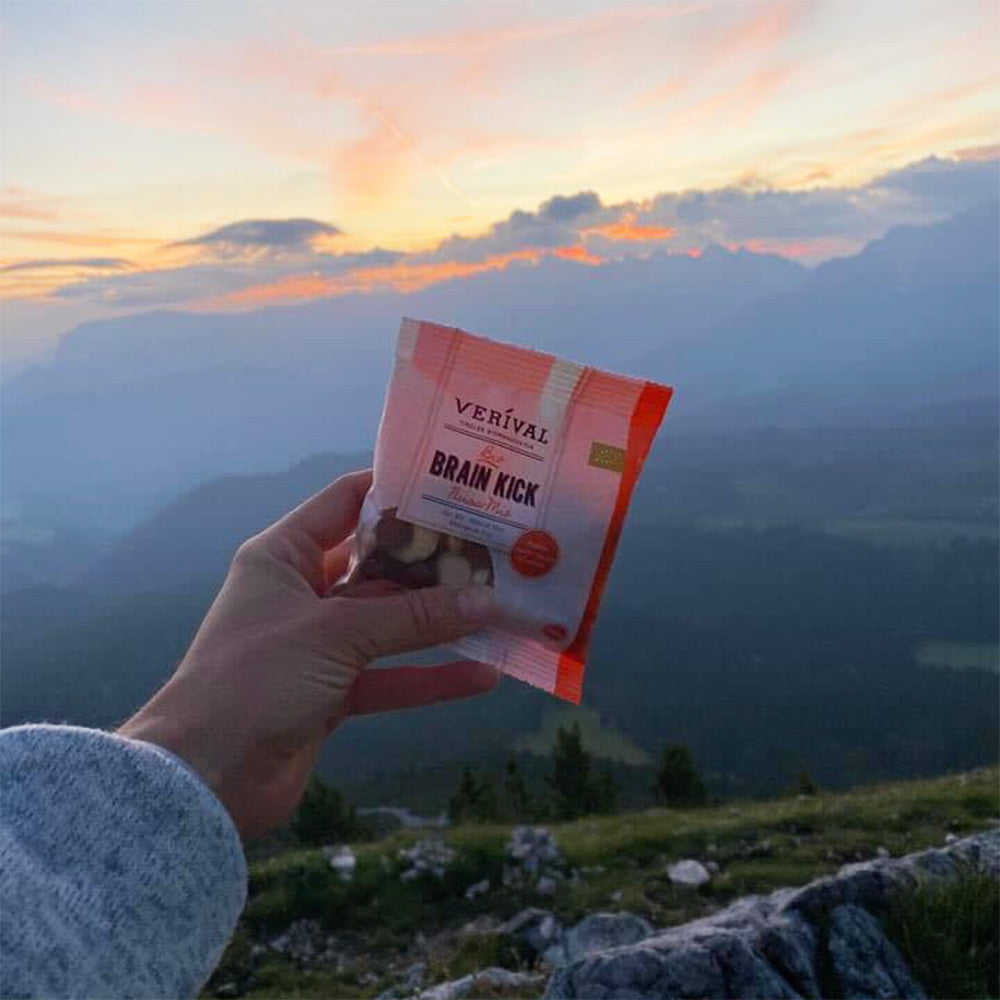A low-calorie healthy breakfast is the right choice for anyone who wants to start the day full of energy. It gets you going in the morning and can also help you lose weight.
If your body gets all the important nutrients it needs, you're in the best position to stay full for longer and avoid afternoon hunger pangs.
Our five tips will show you how to make a healthy low-calorie breakfast work for you and reveal the role that porridge plays in it:
1. Choose a breakfast that will fill you up.
Of course, to start the day with low calories, you could just eat half of your usual portion. However, this approach rarely leads to lasting success.
Instead, you will quickly become frustrated because the smaller portion will not really satisfy you, and you will often find yourself reaching for sweet snacks mid-morning or suffering from ravenous hunger pangs in the afternoon.
That's why you're better off opting for a low-calorie, healthy breakfast that will keep you full for longer and provide you with the nutrients you need.
Breakfast that satisfies your appetite gives you energy for the day and reduces the desire for sweet snacks in between.
Filling foods often have one thing in common: they contain a considerable amount of fiber and also provide important protein. You can find these properties, for example, in the following products:
Oats
Oat flakes have many advantages, one of which is their high degree of satiation. Their remarkable fibre content makes them a wonderful basis for your breakfast. The possibilities offered by this domestic superfood are very diverse. Whether in muesli, as trendy overnight oats or as a soothing porridge – oat flakes are an excellent low-calorie and healthy breakfast.
We also use oats as the main ingredient in most of our VERIVAL breakfast products, because we are convinced that this local superfood ensures a good start to the day.
Whole grain products – whole grain bread
Wholegrain products are also a great choice for breakfast because of their fiber content. Unlike white flour, wholegrain varieties don't cause your blood sugar levels to skyrocket and therefore keep you feeling fuller for longer. So ideally, you should always choose wholegrain bread if possible.
The reason for this is easy to explain: while whole grain flour is made from the whole grain, the bran, which contains most of the minerals and vitamins, is removed from white flour before the milling process.
But be careful when shopping: rolls with a darker color are not automatically whole grain. In most cases, these are conventional wheat flour products. Only if it says whole grain, it really is whole grain.
Nuts and seeds
Nuts and seeds are among the foods most rich in fiber. And as if that weren't reason enough to eat them for breakfast, they also contain a significant amount of protein.
Although some fear the high fat content of these nutrient suppliers, we can confidently recommend nuts and seeds for your low-calorie, healthy breakfast. In moderation, they provide important nutrients and keep you full for a long time.
2. Avoid calorie traps
Behind supposedly healthy breakfast dishes, there are often real calorie traps. For example, sugar is particularly tricky because it is contained in more foods than you might think.
Have you ever taken a closer look at the ingredients of fruit yoghurts or crunchy muesli from the supermarket?
Sugar is often at the top of the list of ingredients, giving their delicious taste to seemingly healthy foods. Sweet sandwich spreads such as jam, hazelnut cream and the like can also be quickly revealed as calorie bombs by taking a look at the back of the packaging.
Be careful with sweet sandwich spreads. The hidden sugar can quickly become a calorie trap.
What's really tricky about sugar, though, is that you often don't recognize it at first glance. For example, terms such as apple sweetness, dextrin, barley malt, maltodextrin, whey powder and the like are nothing more than sweet fatteners.
To get a satisfactory result from the BMI calculator, your goal should be to enjoy a breakfast without added sugar every morning and to get the majority of your calories from fiber-rich foods.
Healthy sugar alternatives
Unfortunately, it's not always possible to do without added sweetness, so it's worth knowing about healthy sugar alternatives.
The most popular substitutes include honey, maple syrup and agave syrup – all natural options that add a little sweetness to your breakfast without adding too many calories.
Breakfast ideas: homemade breakfast classics
If you don't want to go without delicious breakfast classics like hazelnut cream or crunchy muesli, it's a good idea to simply make them yourself at home. That way, you can control which ingredients are allowed in your breakfast and which are not.
Find out how to make your own healthy vegan hazelnut chocolate spread or delicious sugar-free crunchy granola with our recipe tips below.
For both breakfast favorites, we either do without sugar altogether or use a healthy alternative such as maple syrup or agave syrup. So you don't have to give up on enjoyment.
Homemade granola is a delicious way to avoid sugar traps from the supermarket.
3. Don't just watch the calories, watch the nutrients too – stick to healthy recipes
By simply cutting calories, you can achieve great weight loss results in the beginning, but the yo-yo effect often sets in soon after. If you create a deficit without ensuring an adequate nutrient intake, the success will not last long.
It's not uncommon to quickly fall back into old habits and weeks of starvation will have been in vain. This, of course, causes frustration.
For this reason, you should not only make sure you eat a low-calorie diet, but also keep an eye on the most important nutrients. This way, you will not only achieve lasting weight loss, but also feel fit and vital instead of exhausted and lacking in energy.
To help you get your nutrient intake right, we have summarized the most important information for you and will share the best recipes with you:
Macronutrients
The macronutrients include carbohydrates, protein and fat. They are considered the main sources of energy in our food and are responsible for vital functions. These include, for example, cell renewal or building muscle mass.
According to the German Nutrition Society (DGE), our daily energy intake should consist of 55% carbohydrates, 30% protein and 15% fat. For athletes, a slightly higher protein intake is often recommended.
Vitamins and minerals
In addition to macronutrients, there are also various vitamins and minerals that together form the group of micronutrients. Although they do not directly supply the body with energy, as macronutrients do, they are nevertheless essential for life.
They contribute to a functioning metabolism and are responsible for our immune system. Minerals are also important building blocks for various body structures, such as our bones.
4. Porridge as a healthy low-calorie breakfast
Porridge meets all the essential criteria for a healthy low-calorie breakfast: thanks to its high fiber content, it keeps you full for a long time. It is also free from calorie-rich ingredients such as sugar and provides your body with the most important nutrients.
In addition to carbohydrates, protein and a little fat as energy suppliers, porridge is full of vitamins and minerals. For example, oats are rich in vitamin B1, vitamin E, vitamin K and biotin, as well as iron, zinc, magnesium, calcium and phosphorus.
Another thing that makes porridge the ideal breakfast for the nutritionally conscious is that it is eaten warm. A warm breakfast keeps you fuller for longer and is also easier on the digestive system.
When your meal is already at body temperature, the nutrients it contains can be better absorbed.
Because of these properties, porridge is a wonderful choice for a low-calorie healthy breakfast.
5. Recipe tips for a low-calorie healthy breakfast
Enough theoretical tips! Now it's time to put them into practice. With our low-calorie recipes, you will be able to integrate a healthy breakfast with few calories into your morning routine in no time. Do you know your daily calorie requirement? Use our free Verival calorie calculator to find out.
Low-calorie basic porridge
Our low-calorie porridge with only 200 kcal leaves enough room for the best porridge toppings to get even more out of your breakfast. Cinnamon or de-oiled cocoa powder, for example, are particularly low in calories. But fresh or frozen berries are also ideal.
Our tip at this point: Use water instead of milk or milk alternatives to cut down on calories.
Chocolate spread without feeling guilty
To help you avoid falling into the sugar trap with sweet sandwich spreads, we have, as promised, a recipe for a healthy hazelnut chocolate spread for you.
Use only as much sweetness as you really need. Although the natural alternative is healthier than white industrial sugar, agave syrup and other sweeteners still add calories.
Your healthy crunchy granola
If you want to avoid sugar-rich crunchy muesli from the supermarket, homemade granola is the way to go. Decide for yourself which ingredients you want in your crunchy muesli and create a breakfast that tastes just like you.
To give you an idea of how sugar-free granola works best, we have a delicious recipe for you.
Filling porridge with courgettes for more volume
The addition of courgettes gives your porridge extra volume. This makes the healthy low-calorie meal really filling. The addition of protein powder turns the porridge into a delicious fitness dish.
Try healthy organic porridge from VERIVAL now!
This trick also works just as well with carrots. However, with a few more calories.
Omelette, scrambled eggs and co.
If you want a low-calorie but high-protein breakfast, you can also opt for an omelette or even a protein omelette and refine it with cream cheese and herbs. Of course, you should use healthy fats (rapeseed oil,...) to prepare it. A crispbread goes well with this and, for many people, the most important meal of the day is complete.
Frequently asked questions
What could a low-carb breakfast look like?
With natural yoghurt, low-fat quark or even some cream cheese, you can whip up a delicious breakfast with few calories. Simple recipes with fresh fruit are a great way to eat healthily. Fruit naturally contains carbohydrates in the form of fructose. If you prefer to avoid this, then maybe natural yoghurt with roasted nuts would be something for you. Chia pudding is another healthy breakfast option that you can prepare the night before.
What should you eat for breakfast if you want to lose weight?
Half-eating is not always the best decision. Therefore, you should opt for a low-calorie, healthy breakfast that will keep you full for a long time and provide you with the necessary nutrients. Porridge meets all the essential criteria for a low-calorie, healthy breakfast.
Which breakfast is filling and low in calories?
Porridge meets all the essential criteria for a low-calorie healthy breakfast: thanks to its high fiber content, it keeps you full for a long time. It is also free from calorie traps such as sugar and provides your body with the most important nutrients. In addition to carbohydrates, protein and a little fat as energy suppliers, porridge is full of vitamins and minerals. For example, oats are rich in vitamin B1, vitamin E, vitamin K and biotin, as well as iron, zinc, magnesium, calcium and phosphorus. Another thing that makes porridge the ideal breakfast for the nutritionally conscious is that it is eaten warm. A warm breakfast keeps you fuller for longer and is easier on the digestive system.
What is the healthiest and lowest-calorie breakfast?
Eggs, oats, dairy products and nuts are good sources of protein. A good breakfast can be a delicious scrambled egg or omelette on wholegrain bread. But a porridge made from oats is an especially good way to start the day.
How many calories should you eat for breakfast to lose weight?
Sure, to start the day with low calories, you could just eat half of your usual portion. However, this approach rarely leads to lasting success. Therefore, it is better to opt for a low-calorie, healthy breakfast that will keep you full for a long time and provide you with the necessary nutrients. If your body gets all the important nutrients it needs, you're in the best position to stay full for longer and avoid afternoon hunger pangs. If you want to lose weight, you need a moderate calorie deficit of around 300 to 500 calories a day. Of course, exercise can also influence this calorie deficit.


